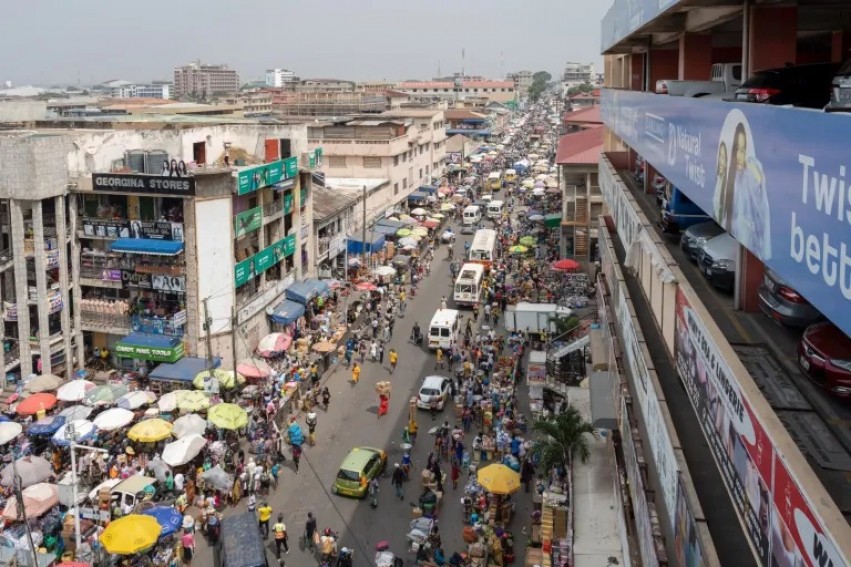The economy’s performance, particularly in second-quarter of this year, is leading to discussions about a potential interest rate cut by the Bank of Ghana (BoG).
Recent data from the Ghana Statistical Service (GSS) indicate that the economy expanded by 5.8 percent in first half-2024, exceeding the year’s initial 1.5 percent growth target.
Second quarter-2024 was particularly strong with GDP growth reaching 6.9 percent, which the GSS reports as “the highest quarterly GDP growth in five years”.
This economic performance has increased expectations that the monetary authority will consider reducing interest rates at its upcoming September Monetary Policy Committee (MPC) meeting.
Currently, the central bank maintains a high interest rate of 29 percent – a measure implemented to address inflation and stabilise the cedi. However, with inflation decreasing from its peak of 54.1 percent in December 2022, there may be room for policy adjustment analysts argue.
Apakan Securities, an investment firm, commented on the economic data: “The GDP data for second-quarter suggests a more resilient economy than many anticipated, especially given the challenges of debt-restructuring. A modest rate cut could be on the table as the central bank seeks to balance inflation control with growth support”.
This comes as the industrial sector has continued being a key driver of this growth, expanding by 8 percent. Within this sector, mining and quarrying recorded a 13.9 percent growth. The agriculture and services sectors also contributed to the overall economic expansion, though both face potential challenges in coming months.
However, some analysts advise caution regarding a potential policy shift. While the industrial sector has performed well, other sectors may face obstacles that could impact growth in the latter half of the year.
The GSS data indicate that agriculture, though showing a 5 percent growth in first half-2024, may slow down in coming months due to poor rainfall affecting crop production.
Similarly, the services sector – particularly telecommunications – is “facing difficulties that could limit its contribution to overall growth”.
Kwadwo Acheampong, a market analyst, in comments during an interaction with the B&FT said: “The 6.9 percent growth in Q2 is a significant improvement from 2023. The services sector and agriculture both showed resilience, but whether this momentum will carry into second-half of the year remains to be seen”.
Market analysts have stated that while a reduction in interest rates could stimulate domestic investment and consumption – potentially supporting further economic growth, the central bank must consider this against the need to maintain inflation control and currency stability.
External factors also play a role in the MPC’s decision-making process. The nation continues to manage its deb- restructuring efforts, which may influence the central bank’s approach to monetary policy.
Also, last week the U.S. central bank – the Federal Reserve – reduced interest rates by 0.5 percent, marking the start of an expected monetary easing period.
This decision came amid concerns about the U.S. job market and growing confidence that inflation is approaching the two percent target. The Federal Open Market Committee (FOMC) now sees a more balanced risk to achieving both inflation and employment goals, though there was some internal disagreement on the rate-cut size.
Future projections suggest further rate cuts totalling two percentage points by 2026, with another 0.5 percent reduction anticipated by end of 2024. It is also projected that the long-term federal funds rate is expected to settle between 2.75 percent and 3 percent.
It is yet to be seen how quickly these cuts will translate into a return of investors to developing markets, including Ghana.
source: b&ft
